IDC's Top 5 First-Quarter Worldwide Smartphone Vendors
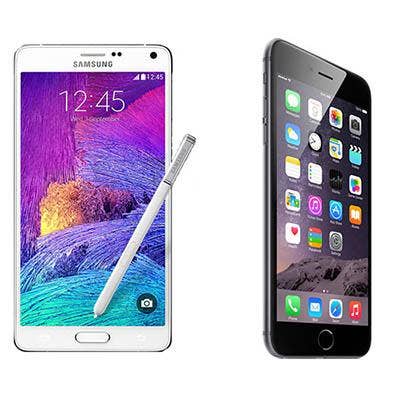
Apple Falls, New Chinese Brands Rise
Smartphone vendors are struggling as the market becomes more saturated, according to IDC, which reported that the worldwide smartphone market growth was flat in the first quarter.
In developed markets, Apple and Samsung are facing challenges, as both faced year-over-year declines. Meanwhile, the Chinese market continues to face widespread change with the rise of lesser-known Chinese brands replacing more traditional smartphone companies.
"Outside of China, many of these brands are virtually unknown and the ability of these rapidly growing Chinese vendors to gain entry into mature markets such as the United States and Western Europe will be essential if they have aspirations of catching Apple or Samsung at the top," said Anthony Scarsella, research manager with IDC's mobile phone team, in a post.
Following are the top five worldwide smartphone vendors in the first quarter by market share, according to IDC.
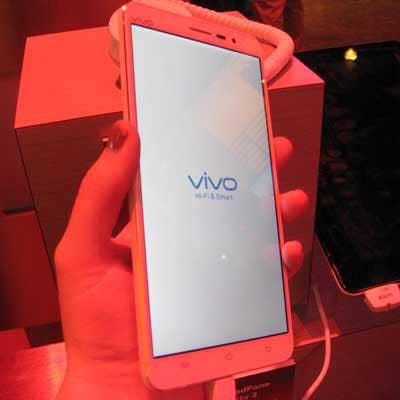
5. Vivo
Smartphone vendor Vivo entered the first-quarter smartphone rankings in fifth place with explosive growth -- the manufacturer grew 123.8 percent year over year, taking 4.3 percent of market share.
Vivo first started a few years ago shipping in domestic markets such as Southeast Asia and India. More recently, however, the company began selling premium products in China -- most notably its flagship X5Pro, which is priced at approximately $300.
Vivo is also known for its focus on audio-centric features for smartphones; the company's V1Max, for instance, is a midrange phone with better-than-usual audio performance.
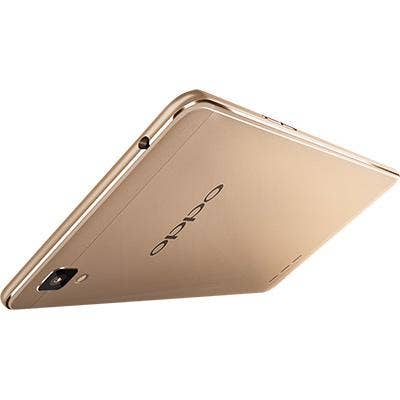
4. Oppo
Oppo had the most growth of all the top five smartphone vendors, with its shipments increasing 153.2 percent in the first quarter from the same period last year. This vendor took 5.5 percent of market share in the first quarter of 2016 and was the smartphone company with the fourth-most shipments.
Oppo has a strong channel program and a heavy focus on the Chinese market, with expansion into Southeast Asia, Asia, the Middle East and Africa. This company's smartphone products play mainly in the sub-$250 range, according to Melissa Chau, senior research manager with IDC's Worldwide Quarterly Mobile Phone Tracker.
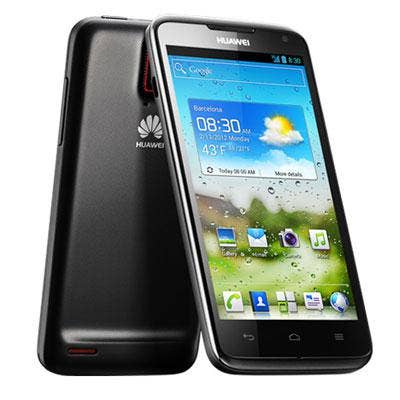
3. Huawei
Huawei took 8.2 percent of the first-quarter worldwide smartphone market share, with its shipment levels growing 58.4 percent from the same period last year.
Huawei positions itself in the smartphone market with a two-pronged mobile approach, releasing both entry-level devices such as the Honor brand, and premium products such as the P9, Mate series and Nexus 6, for the Chinese and European markets. The P9 smartphone features Leica optics, an in-house Kirin CPU, as well as a microSD slot to bring the company up to speed in competition with Apple and Samsung.
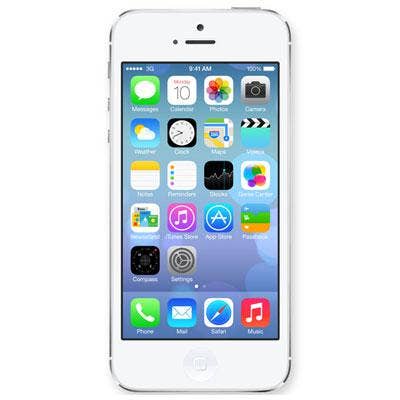
2. Apple
Apple faced its first year-over-year decline in the first quarter as the Cupertino, Calif.-based company slipped 16.3 percent in shipment volumes from the same period last year. Apple also took 15.3 percent of smartphone market share, making it the company with the second highest number of shipments but still lagging behind Samsung's 24.5 percent share.
Apple introduced new features and upgrades on its S models, but many iPhone 6 and iPhone 6 Plus owners are not currently looking to upgrade. Looking to the future, CEO Tim Cook noted on Apple's earnings call that many entry-level customers will be buying the company's $399 iPhone SE, introduced in March.
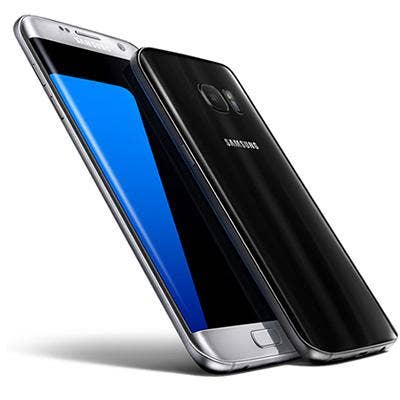
1. Samsung
Samsung topped the smartphone market in the first quarter with 24.5 percent market share, but the company still faced a 0.6 percent decline in shipments from the same period last year,
The South Korean company's Galaxy S7 and Galaxy S7 Edge, which touted features such as the re-introduced microSD card slot as well as waterproof capabilities, helped Samsung's shipment count in March. Samsung has also been looking at emerging markets with its affordable J-series.